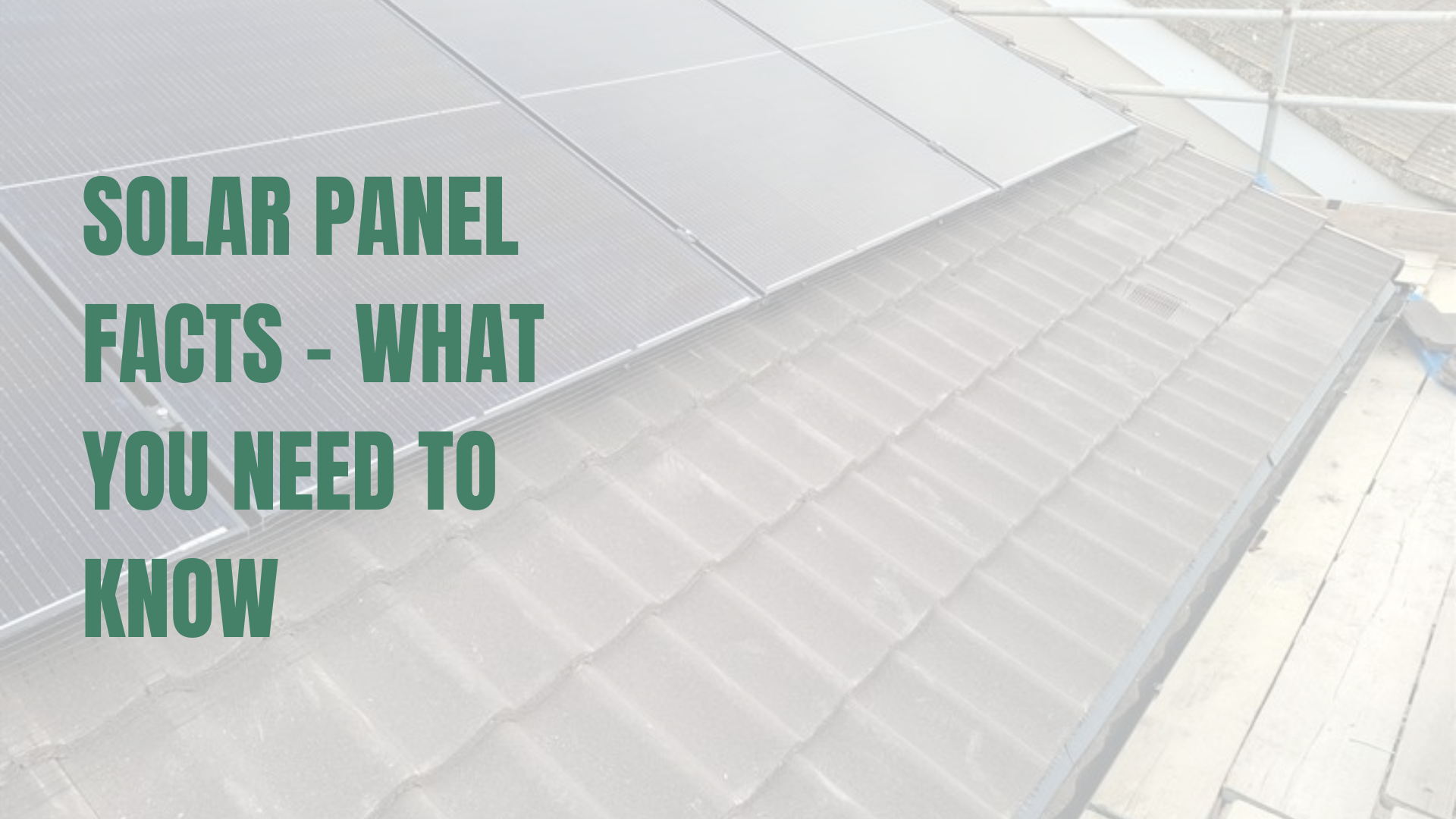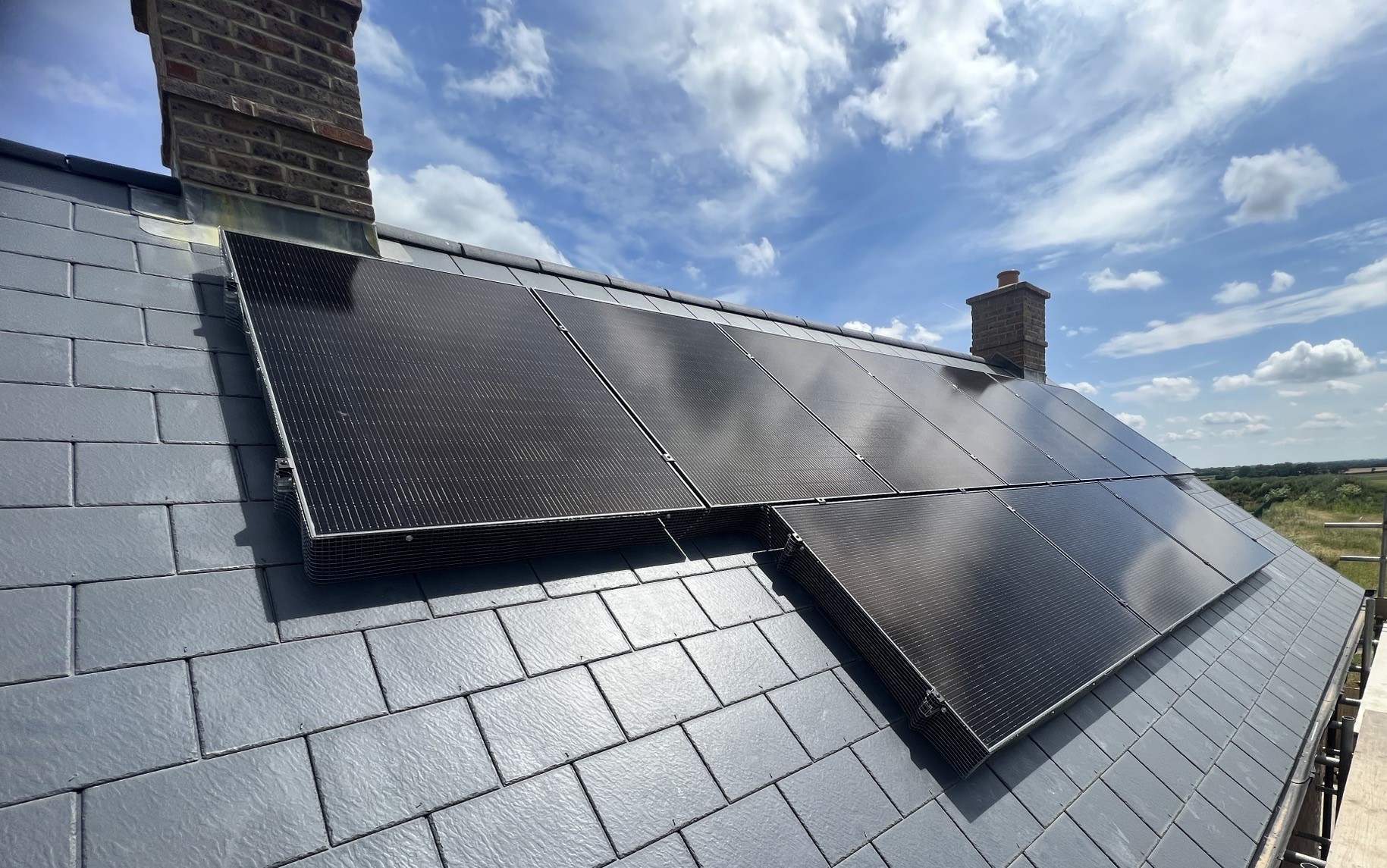At SolarTherm UK, we’re passionate about helping homeowners and businesses harness the power of the sun and generate their own clean, free electricity. As one of the South East’s leading solar panel installation specialists, we stay at the forefront of technology progress and sustainable energy innovation.
Solar power isn’t just the future, it’s already transforming how we power our homes and communities. Every second an incredible 173,000 terawatts of solar energy reach Earth, more than enough to meet the world’s total energy needs thousands of times over.
With such vast potential, why does solar still only make up a fraction of our global energy supply? Let’s explore the top solar panel facts, the science behind solar energy and how it’s shaping a cleaner, more sustainable future.
Top Solar Panel Facts – SolarTherm UK’s Picks
- Solar energy hitting Earth every second: 173,000 terawatts
- Enough sunlight reaches the planet every hour to power the world for a full year
- The photovoltaic (PV) effect turns sunlight into electricity using semiconductors
- Typical UK domestic solar system capacity: 2.5-8kW
- Solar panels still work on cloudy days
- Average solar panel efficiency: 20-24%
- Price drop in solar PV panels since 1998: 92%
- Global solar capacity increase (2010-2021): 929%
- Share of global energy from solar: about 5%
- Country with most installed solar: China – 308.5GW
- Forecasted growth of global solar capacity by 2030: 4x increase
- World’s largest solar farm: Bhadla Solar Park, India (2.25GW)
- Leading corporate solar user: Meta (3,588MW)
- A solar powered home can save 100 tonnes of CO₂ over 30 years
- Solar energy saves 75 million barrels of oil and 35 million tonnes of CO₂ per year
Solar Energy Explained
What is Solar Energy?
Solar energy is the radiant light and heat produced by the sun through nuclear fusion. It’s Earth’s most abundant power source, clean, renewable and endlessly available. Solar energy hits the Earth every second, providing enough energy to power the world for a whole year every hour. The challenge isn’t availability, it’s how efficiently we capture and store it.
How Solar Panels Work
Solar PV panels convert sunlight into DC (direct current) electricity using semiconductors, made from silicon in most modern solar panels. When sunlight hits these materials, they release electrons, creating an electric current, a process known as the photovoltaic effect.
Solar Energy Costs and Savings
The cost of solar has dropped dramatically since 1998, the price of solar PV panels has fallen by 92% making solar more affordable than ever before for Essex, Kent and Hertfordshire homeowners.
Residential solar PV systems have decreased by over 39% in price over the last decade, seeing payback periods drop to less than 10 years for most installations. Solar is now cheaper than fossil fuels, meaning quicker payback periods and higher long term savings on energy bills. A typical household can expect to save up to 70% on electricity bills with a solar installation, this is even higher when paired with battery storage.
Growth of Solar Energy
The rise of solar power has been nothing short of extraordinary, from 2010 to 2021, global solar capacity grew by 929% reaching a massive 942 GW. China leads globally, followed by USA, Japan, India and Germany, with experts forecasting that by 2030 total solar capacity will quadruple as countries continue with their push towards Net Zero.
In the UK, solar continues to expand with government plans to have over 9 million residential solar installations by 2030. In the first quarter of 2025, over 100,000 UK homes had solar installed. Government incentives like the Smart Export Guarantee (SEG) and growing demand for greener energy solutions have resulted in higher solar adoption rates in the South East.
Solar Energy and the Environment
Switching to solar reduces carbon emissions and helps fight climate change. A solar powered home can save up to 100 tonnes of CO₂ over 30 years. While manufacturing panels does generate some emissions, solar panels are carbon neutral within 3 years of use. Solar energy is emission free and modern solar panels are built to last a minimum of 25 years, providing decades of clean electricity.
A Brief History of Solar Energy
- 1839: French scientist Edmond Becquerel discovers the photovoltaic effect and how light can produce electricity.
- 1954: Bell Laboratories create the first silicon solar cells, laying the foundations for modern solar panels.
- Today, advanced materials and smart inverters are making solar power one of the most efficient, cost effective renewable energy sources available.
The Future Is Solar – Powered by SolarTherm UK
At SolarTherm UK, we’re proud to help drive the South East’s transition to renewable energy. With every solar installation, we’re helping homeowners take back control of their energy future, reduce their carbon footprint and save on their electricity bills.
To learn more about how much you could save, visit our Solar Calculator for an estimate on your savings.
For a detailed free quote and design, contact SolarTherm UK, our quotes are tailored to your property, usage and future energy needs. No hard sell, just honest, expert advice.
Your home. Your energy. Your future.
FAQs
Do solar panels work in the UK’s cloudy weather?
Yes! Solar panels work even on cloudy days by capturing diffuse sunlight. While output is reduced compared to direct sunshine, your system will still generate clean electricity throughout the year — even during winter months.
How efficient are solar panels?
Most modern solar panels installed by SolarTherm UK operate at around 20-23% efficiency, meaning they convert about one-fifth of sunlight into usable electricity. Higher-efficiency models can reach 25–30%, depending on the technology and investment.
How much energy can a typical home solar system generate?
A standard domestic solar panel system in the UK has a capacity between 2.5 kW and 8 kW. On average, this can generate between 2,500 and 8,000 kWh per year, depending on your roof direction, shading, and local sunlight levels.
How much do solar panels cost in the UK?
Prices vary depending on your system size and location, but the cost of solar has dropped by over 90% since 1998. Today, an average home solar installation is more affordable than ever — and often pays for itself in as little as 6–10 years through energy savings.
How long do solar panels last?
Solar panels are designed to last 25–30 years or more. Even after this time, most continue to produce around 80% of their original output, making solar a long-term investment in your home and the planet.
Can I store my solar energy for later use?
Yes — with a solar battery system, you can store the energy your panels generate during the day and use it at night or during power cuts. SolarTherm UK offers integrated solar and battery solutions for maximum efficiency and independence.
How much CO₂ can I save with solar panels?
A typical solar-powered home can reduce CO₂ emissions by up to 100 tons over 30 years — the equivalent of planting more than 1,500 trees!
What maintenance do solar panels need?
Very little! Solar panels are designed to be low-maintenance. In the UK, rainfall naturally helps keep them clean, but we recommend an occasional inspection or clean every 12–24 months to ensure maximum efficiency.
Are there any government incentives for solar panels?
Yes — UK homeowners can benefit from the Smart Export Guarantee (SEG), which allows you to earn money by exporting unused solar electricity back to the National Grid. This helps reduce your payback time even further.
How can I find out if solar panels are right for my home?
The best way is to get a free solar assessment from SolarTherm UK. Our experts will evaluate your roof, energy use, and savings potential — and provide a no-obligation solar quotation tailored to your property.





